Articles
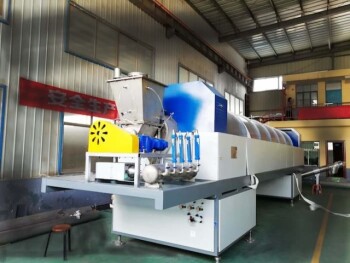
The Advantages and Disadvantages of Different Biomass Feedstocks for Pyrolysis
2 years agoDifferent feedstocks have their own unique advantages and disadvantages for pyrolysis, which must be carefully considered when selecting the most suitable feedstock for a particular application.
Learn More
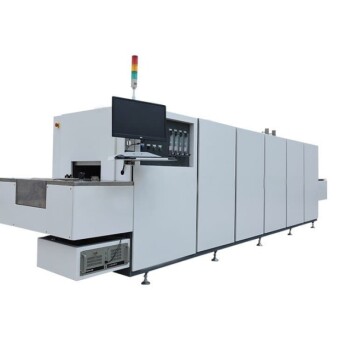
Environmental Benefits of Using an Atmosphere Furnace
2 years agoInert atmosphere furnaces are designed to provide a controlled environment for high-temperature processing of materials.
Learn More

Why PECVD is Essential for Microelectronic Device Fabrication
2 years agoPECVD (Plasma-Enhanced Chemical Vapor Deposition) is a popular thin film deposition technique used in microelectronics device fabrication.
Learn More
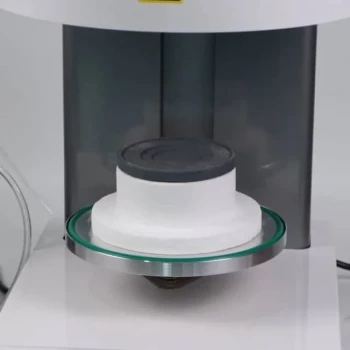
Top 5 Features of a High-Quality Zirconia Sintering Oven
2 years agoInvesting in a high-quality sintering oven is crucial for dental laboratories that want to produce high-quality zirconia restorations consistently.
Learn More

Electrochemistry The Science Behind Electrochemical Cells
2 years agoElectrochemistry is important because it helps us understand the behavior of materials and substances in different environments.
Learn More
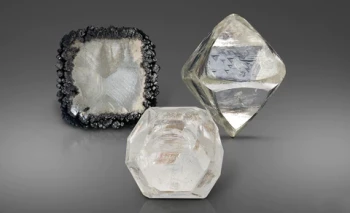
How to Check if Your Diamond is CVD-Produced
2 years agoWhen it comes to buying a diamond, it's important to understand the difference between a naturally occurring diamond and one produced using CVD technology.
Learn More
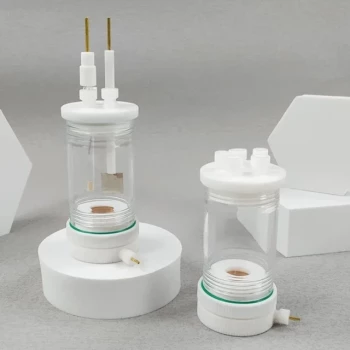
Electrolytes and Electrochemical Electrodes
2 years agoElectrolytes and electrodes play an essential role in electrochemistry. Electrolytes are substances that conduct electricity when dissolved in water or melted.
Learn More

How CVD is Used in the Semiconductor Industry
2 years agoCVD has revolutionized the semiconductor industry, enabling the production of high-performance electronic devices with enhanced functionality and reliability.
Learn More

PECVD Furnace A Low-Power and Low-Temperature Solution for Soft Matter
2 years agoPECVD (Plasma Enhanced Chemical Vapor Deposition) furnaces have become a popular solution for the deposition of thin films on soft matter surfaces.
Learn More
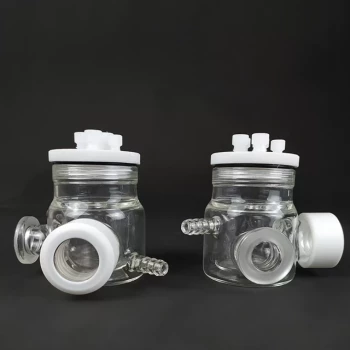
Applications of H-Type Electrolytic Cell in Metal Extraction
2 years agoH-type electrolytic cells uses an electrolyte solution to dissolve the metal ions and an electric current to separate the metal ions from the solution.
Learn More

How Biomass Pyrolysis Machines Work A Comprehensive Overview
2 years agoBiomass pyrolysis machines are designed to convert biomass materials into useful products such as biochar, bio-oil, and syngas.
Learn More
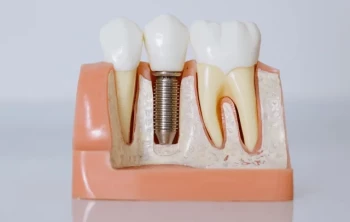
The Role of a Porcelain Furnace in Dental Restorations
2 years agoPorcelain furnaces play a crucial role in the creation of dental restorations, as they are used to fire ceramic materials, such as porcelain, to create durable and natural-looking dental prosthetics.
Learn More
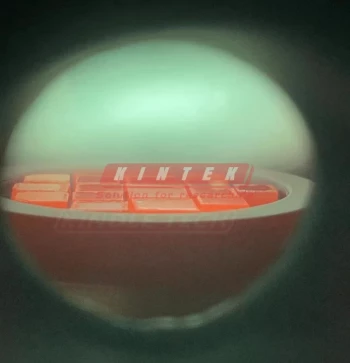
How to Achieve High Quality Single-Crystal Diamond with MPCVD
2 years agoMicrowave plasma chemical vapor deposition (MPCVD) is a popular technique for producing high-quality single-crystal diamond.
Learn More
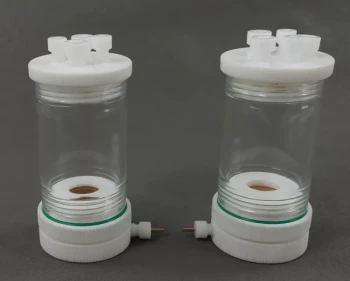
Electrochemical Electrodes in Chemical Analysis
2 years agoElectrochemical electrodes are essential tools used in many chemical analysis techniques and experiments. These electrodes are devices that allow us to measure the electrical potential difference in a chemical reaction.
Learn More

How CVD Coating Can Help You Achieve High Purity and Density
2 years agoThe CVD process offers several advantages over other coating techniques, such as high purity, uniformity, and the ability to deposit coatings with high-density.
Learn More

PECVD A Low-Cost and Scalable Method for 2D Material Preparation
2 years agoHow plasma-enhanced chemical vapor deposition (PECVD) is a low-cost and scalable method for the preparation of 2D materials.
Learn More

Applications of Electrolytic Cells in Purification and Electroplating
2 years agoElectrolytic cells are chemical cells that use electricity to generate a non-spontaneous redox reaction. These cells are used in various electrochemical processes such as electrolysis and electroplating.
Learn More
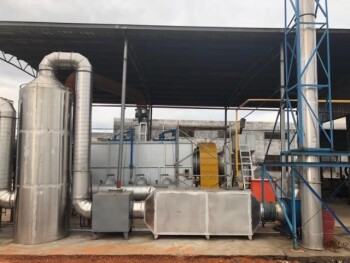
The Advantages of Biomass Pyrolysis for Industrial Applications
2 years agoBiomass pyrolysis is a process that offers numerous advantages for industrial applications.
Learn More
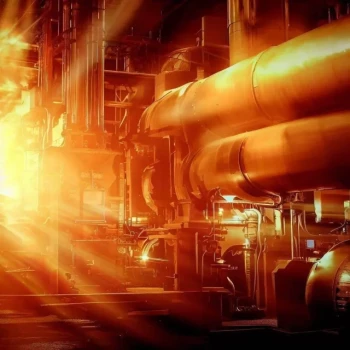
How Controlled Atmosphere Furnaces Improve Quality and Consistency in Heat Treatment
2 years agoControlled atmosphere furnaces play a vital role in heat treatment processes.
Learn More

The Future of Porcelain Furnaces in Dental Laboratories
2 years agoPorcelain furnaces play a crucial role in the dental laboratory industry as they are used for firing ceramic materials that are commonly used for restorations.
Learn More

The Future of Electrochemical Electrodes
2 years agoThe latest trends and developments in electrode materials and their implications for the future of electrochemistry.
Learn More

The Ethics of Diamond Growing Machines
2 years agoLab-grown diamonds have gained significant popularity in recent years due to their ethical and environmental benefits.
Learn More

CVD Systems Common Problems and How to Solve Them
2 years agoUnderstanding the basics of CVD systems and their importance is crucial for optimizing the process and solving common problems encountered during operation.
Learn More
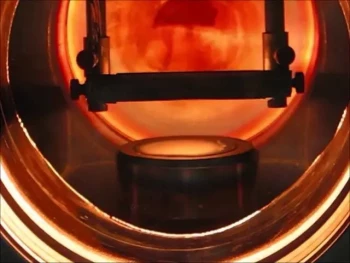
Comparing the Performance of PECVD and HPCVD in Coating Applications
2 years agoAlthough both PECVD & HFCVD are used for coating applications, they differ in terms of deposition methods, performance, and suitability for specific applications.
Learn More
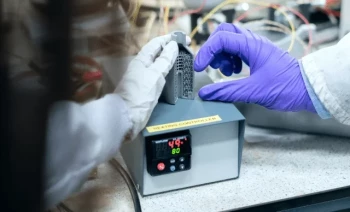
A Beginner's Guide to Understanding Reference Electrodes in Electrochemistry
2 years agoReference electrodes provide a stable and known potential that other electrodes can be compared to, allowing for accurate measurements of electrochemical reactions.
Learn More

How Biomass Pyrolysis Can Help Meet Growing Energy Demands
2 years agoBiomass pyrolysis is a process that converts organic material into energy-rich biofuels through heating in the absence of oxygen. This renewable energy source is becoming increasingly popular due to its environmental and economic benefits.
Learn More
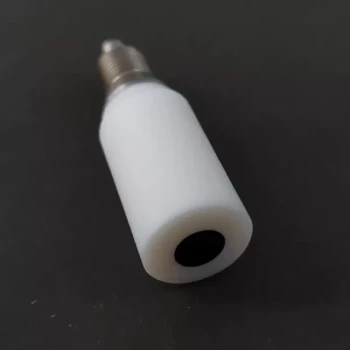
Advantages of the Rotating Electrode Method
2 years agoRotating electrode method involves rotating a small working electrode to increase the mass transport of reactants and products, allowing for more precise measurements and better control of reaction conditions.
Learn More

Inert Atmosphere Ovens for Research A Comprehensive Guide
2 years agoInert atmosphere ovens are designed to create a controlled environment that is free of oxygen and moisture.
Learn More

Understanding Electrodeposition with Electrochemical Electrodes
2 years agoElectrodeposition is a process of depositing a metal or a non-metallic material onto a surface by applying an electric current.
Learn More

How to Choose the Best Porcelain Furnace Dental
2 years agoDental porcelain furnaces are essential devices in dental labs. They are used to create high-quality dental restorations that meet the specific needs of patients.
Learn More